Submitted by Farzam Kharvari
An Interview with Dr. Wolfgang Höhl: The Leading Voice in xR-technologies at TUM
Germany Architecture News - Feb 07, 2020 - 15:10 5945 views
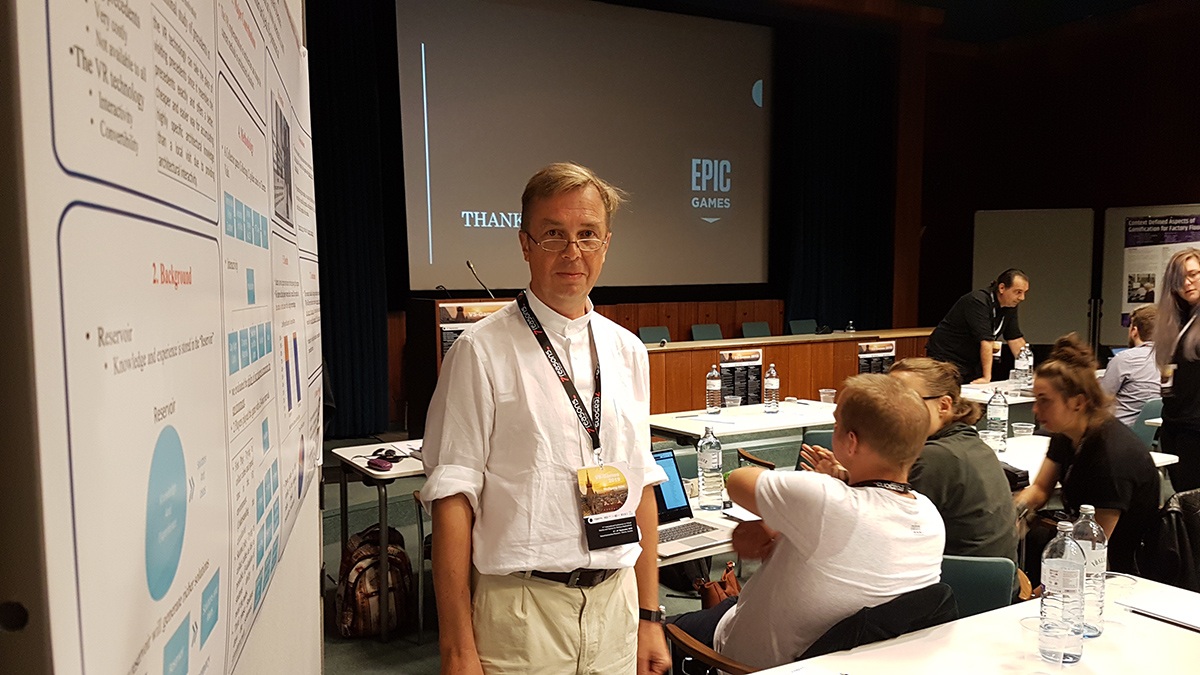
In this exclusive interview, we talk about the future of xR-technology and upcoming projects of Dr. Wolfgang Höhl. He is a professor at the Technical University of Munich and works with xR-technologies in various projects and different fields.
Farzam Kharvari: Dr. Höhl, thank you very much for your time and this interview. Would you please introduce yourself to our readers and tell us a little bit more about your background and your ongoing research on xR-technologies?
Dr. Höhl: Thank you for your invitation! At the moment I am doing research and teaching as an Assistant Professor for 3D Computer Graphics and xR-Technologies at Munich University of Technology in Games Engineering. In addition, I am the founder and CEO of scienceviz.com® | Research Institute for 3D Computer Graphics, which is a private-sector research institution.
The research institute conducts research and development in the fields of engineering, life sciences, and entertainment. Current activities focus on the development of serious games and applied interactive technologies using Virtual Reality, Augmented Reality and Mixed Reality settings.
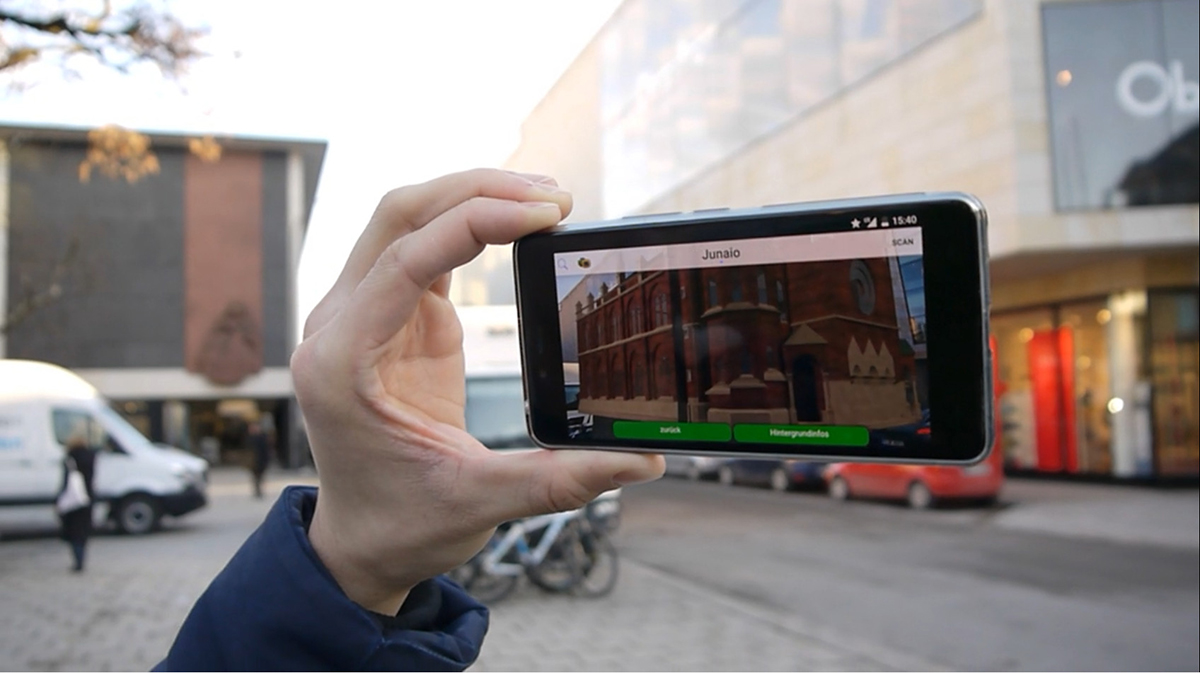
History Traveller – 3D Augmented Reality Tourist Guide | Master Thesis of Simon Pfaab at Munich Ludwig-Maximilians-University (LMU) | supervised by Dr.-Ing. Wolfgang Höhl. Winter term 2015/2016.
Farzam Kharvari: I have seen that at the Technical University of Munich (TUM) you are working on xR-technologies in automotive industries, could you please give us a little bit of information on xR-technologies and tell us how can these technologies transform the way our automobiles are today?
Dr. Höhl: Virtual real-time collaboration is currently one of the most interesting topics. Moreover, xR-Technologies are currently used in planning, manufacturing, evaluating and visualizing products and data. To my mind, these applications have the most disruptive potential. There are many interesting developments, such as autonomous driving and soon we will be confronted with intelligent real-time systems for traffic control and personal modal optimization.
The automotive industry, together with film and games, is one of the most important innovation drivers today. But all our technological development will largely depend on how we solve today's two biggest problems. These are, on the one hand, the development of a comprehensive sustainable economic form and, on the other, the solution to our current social problems.
xR-technologies provide structural disrupting solutions for advanced collaboration, evaluation, data, and product visualization and show ways for new working models and social opportunities.
Farzam Kharvari: I also read one of your works entitled “Neural Networks and Information Interchange in Buildings”, could you please tell us about this project since it really sounds interesting to our readers in architecture?
Dr. Höhl: Architecture is getting alive! We experience that today! That was a nice contribution to Design & Nature in 2004! I was always interested in bionics, networks, and formal systems. This research project focused on whether technological networks, for example, networks for communication and supply in architecture, develop similarities to biological networks. The aim of this project should be to evaluate networks in buildings due to their efficiency and economy. Further to be able to give hints on the most efficient and economic network structures. In a case study on Werner Sobek’s project R 128 in Stuttgart, I wanted to find out more. And indeed, I could find significant similarities between the structure of technological and biological networks.
William Katavolos developed the idea of the so-called “Organics” in 1960. These organic buildings should be highly interactive based on chemical building materials. They should react to the users' behavior, would grow and shrink and wander around forming new communities every day, like a new life form. How will we behave towards this living environment? Would it be necessary to develop new forms of common ethics? What about responsibility and liability? Many of these questions today arise in terms of autonomous driving. We will experience fascinating developments!
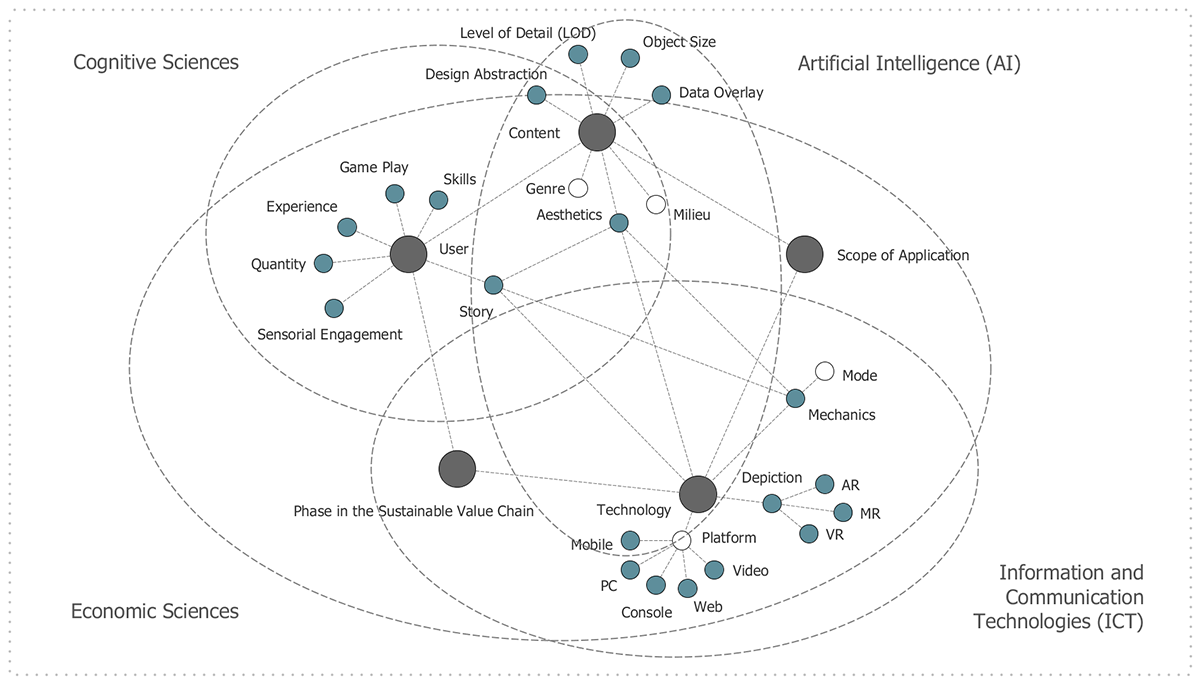
Emerging Technologies and Serious Games, in: Wolfgang Höhl (2017): Open Innovation and Applied Interactive Technologies (APITs), Poster Presentation at SAP 2017 – ACM Symposium on Applied Perception, 16-17 September 2017 | Brandenburg University of Technology in Cottbus, Germany
Farzam Kharvari: Apart from your research, I found out that you are very active in creating artworks, we will be happy to hear more about your Swiss Art Expo 2019 exhibition?
Dr. Höhl: I really liked this experience! This year I took part in an art competition. I submitted a photo I took at Frank Gehry’s Guggenheim Museum in Bilbao at the end of March and it was taken for presentation at the Swiss Art Expo in Zurich this summer. This was a big surprise! Then we spent some lovely days in Zurich.
The photograph shows an ambiguous spatial situation. It is bound to a certain place and a certain time. The center of my work lies in the engagement with the irretrievable moment (Kαιρός), coincidence in art and the possibilities and impossibilities of spatial projection. Abstraction should awaken subjective associations in the spectator, integrating the cultural background, gender, and age.
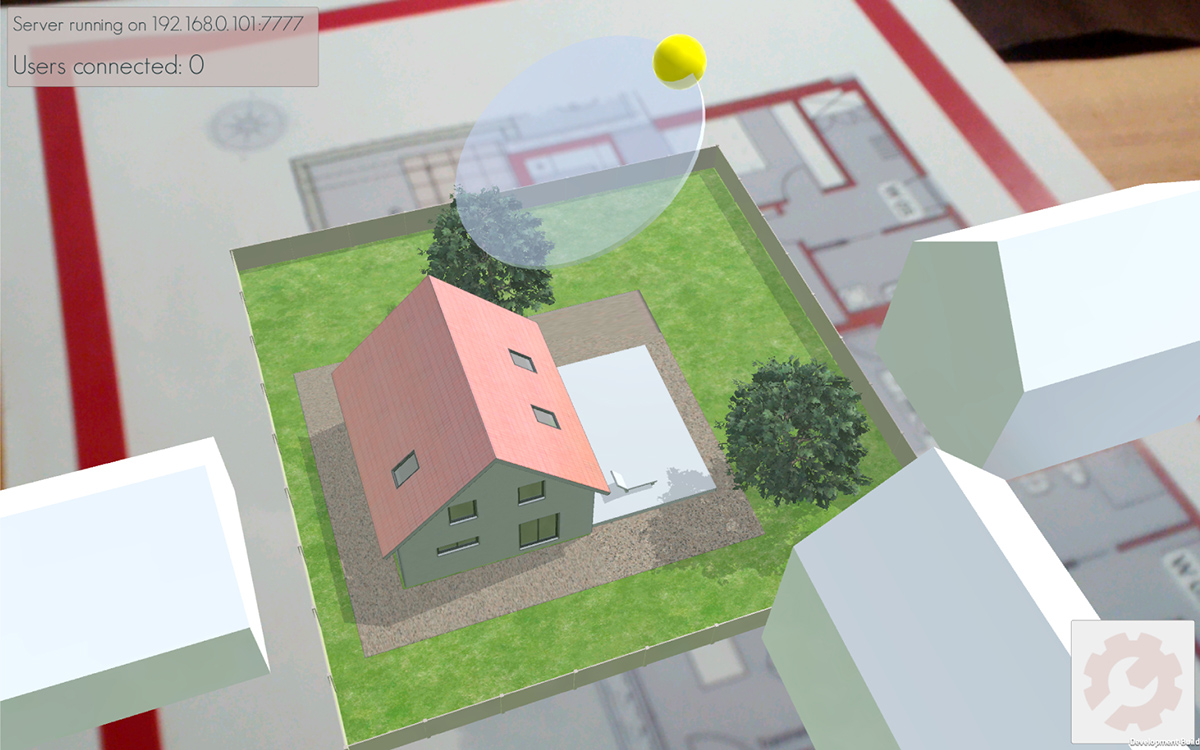
Multi-User 3D Augmented Reality Application for Collaborative Interaction using Virtual 3D Objects, Master thesis by Jens Fakesch, Ludwig-Maximilians-University (LMU) | supervised by Dr.-Ing. Wolfgang Höhl. Summer term 2016
Farzam Kharvari: How do you see the relation between your artworks and technology? Which one affects the other more in your works?
Dr. Höhl: For me, art and science are closely connected. Both are using technology. The interrelation between both might be the most interesting to me. Art can touch the user may be more or on a different level than science.
Today I am working with different media and techniques: 3D computer graphics and 3D animation, linocut, gouache, collages, pencil sketches, digital and analog photography. In photography and pencil sketching I like spontaneousness. In 3D computer graphics, I am fond of the never-ending process of changeability. By doing paintings and printings, I appreciate tangible materiality. I always prefer to use low-cost and everyday equipment, such as ordinary mobile phone cameras or newspaper as a drawing ground. The artistic process to me is democratic and documentary.
Helmut Richter pointed me to the works of Karl Popper, Rudolf Carnap, Alfred North Whitehead, Bertrand Russell, and Ludwig Wittgenstein. So, my work is mainly influenced by the analytic philosophy, the "Wiener Kreis" and the "Wiener Gruppe" later on. I see myself very clearly in this tradition.
Farzam Kharvari: Parts of your research are geared towards solar simulations at Scienceviz.com® | Research Institute for 3D Computer Graphics, Scientific Visualization and Digital Humanities, could you please let us know how you believe the xR-technologies and solar simulations are or will be integrated.
Dr. Höhl: The technical integration of solar simulation is becoming increasingly simple. Many software packages for planning energy efficiency in buildings offer these possibilities, also for architects. The technical integration in xR-technologies is then only a small step.
However, a fundamental structural change in the professional design process is needed to better integrate these new technologies. The effort is often only worthwhile from a certain project size upwards. At present, it is a question of remuneration and who provides this service. Only highly integral cooperation of specialist engineers and architects at an early stage in the design process is the key to the sustainable use of this technology.
Very large or global all-in-one companies could afford these steps more easily than small and medium-sized local enterprises. Another solution could be glocalized project cooperatives.
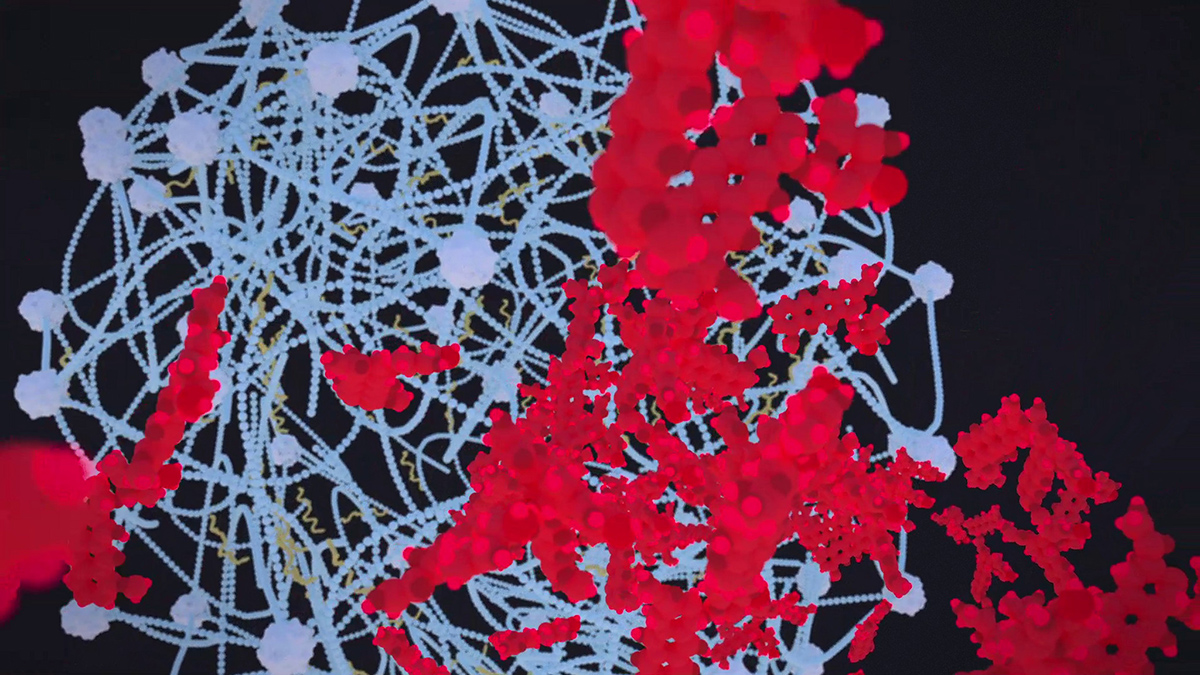
Switchable Nanoparticles. CG Animation by Anna Rieder, Katharina Vierheilig, Korbinian Lipp and Matthias Lamm. This movie was created in the course of the lecture “Practical Course 3D Modeling with Blender” directed by Dr.-Ing. Wolfgang Höhl at Ludwig-Maximilians-University (LMU) Munich | Summer term 2013. Nominated for ACGA 2016 | Best Foreign Production
Farzam Kharvari: You are involved in both automotive industries and architecture; what are your thoughts on the application of xR in each industry? Is one developing faster than others or they are both dependent on the technology and its advances?
Dr. Höhl: The development of both fields is very much determined by globalization. The two fields are very different. The products are also very different. The automotive industry already has a very modular, flexible and work-sharing structure worldwide, with individual processes being very well-coordinated and standardized. Due to many factors, however, the construction industry is often still very strongly anchored locally. The structures of larger construction projects are very complex and often develop differently for every single project. Only the prefabricated house industry, especially in the single-family house sector and global acting agencies for trade fair construction already come very close to the automotive industry in terms of structure. Many people, even architects believe that architecture can learn from the automotive industry. I'm not so sure about that today. My impression is that architecture must develop its own globalized or glocalized solutions. Solidarity economy, therefore, could offer appropriate models.
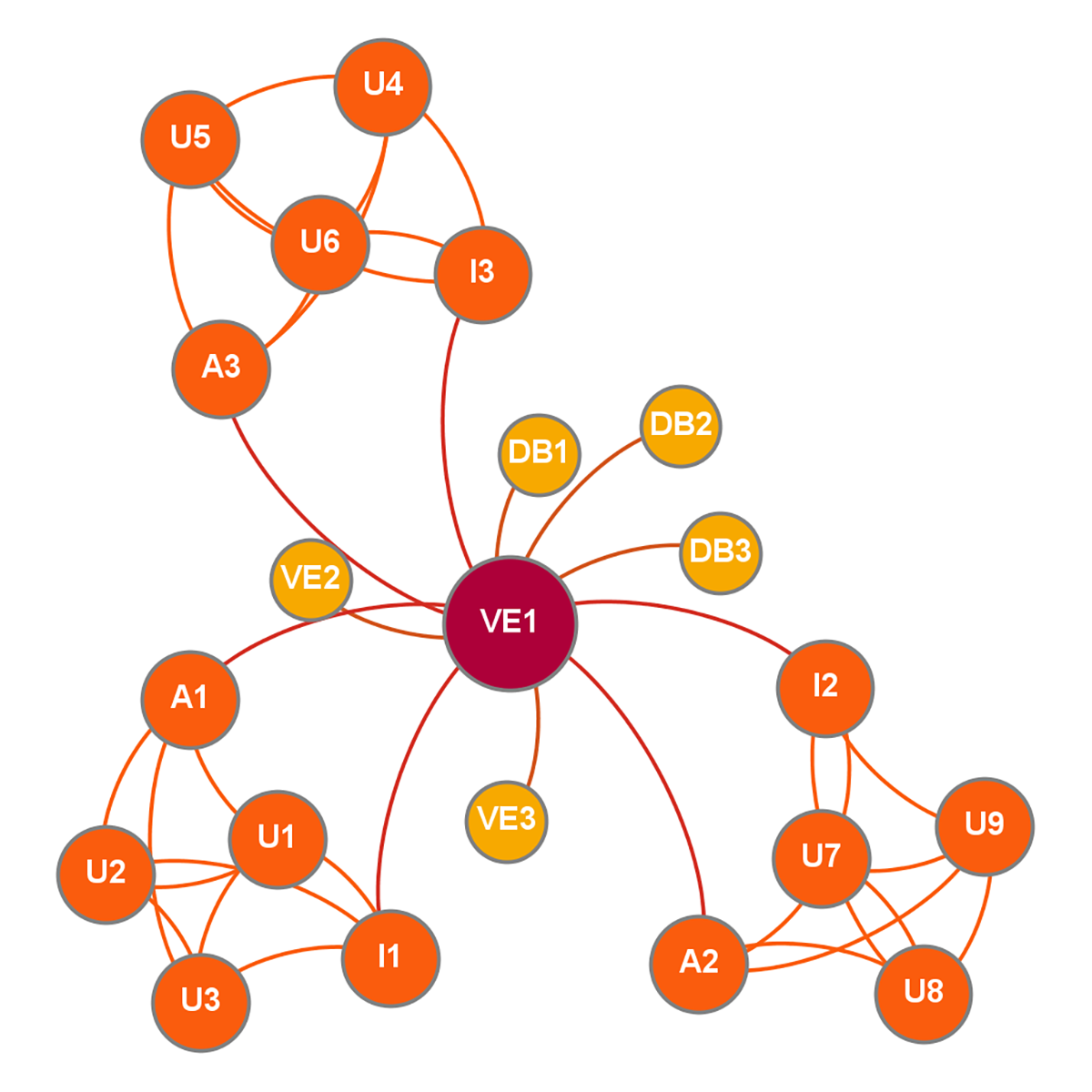
Non-Local Multi-User Workspace, in: Wolfgang Höhl (2015): Network Structures in Virtual Environments
Farzam Kharvari: You have been working on serious games since 2014, would you please tell us what a serious game is and what are its applications?
Dr. Höhl: A serious game uses interactive game technology for industrial or educational purposes. Using serious games, you can train special skills or learn completely new content more easily in a more personalized or an intrinsically motivated way. All this today is often summarized under the term of gamification.
For example, the interactive user interface of our CAD software has actually some elements of a serious game. It is highly interactive and independently solves three-dimensional puzzles, like the automatic collision test. Of course, other important game elements are missing, such as an appropriate reward system, a touching story or tricky game mechanics. But the technological portal is wide open. We are able to design future proposals for that.
We are facing a wide range of potential applications in early design stages and architectural education as well as in architectural construction, quality control and mediation of architecture to the clients and the public.
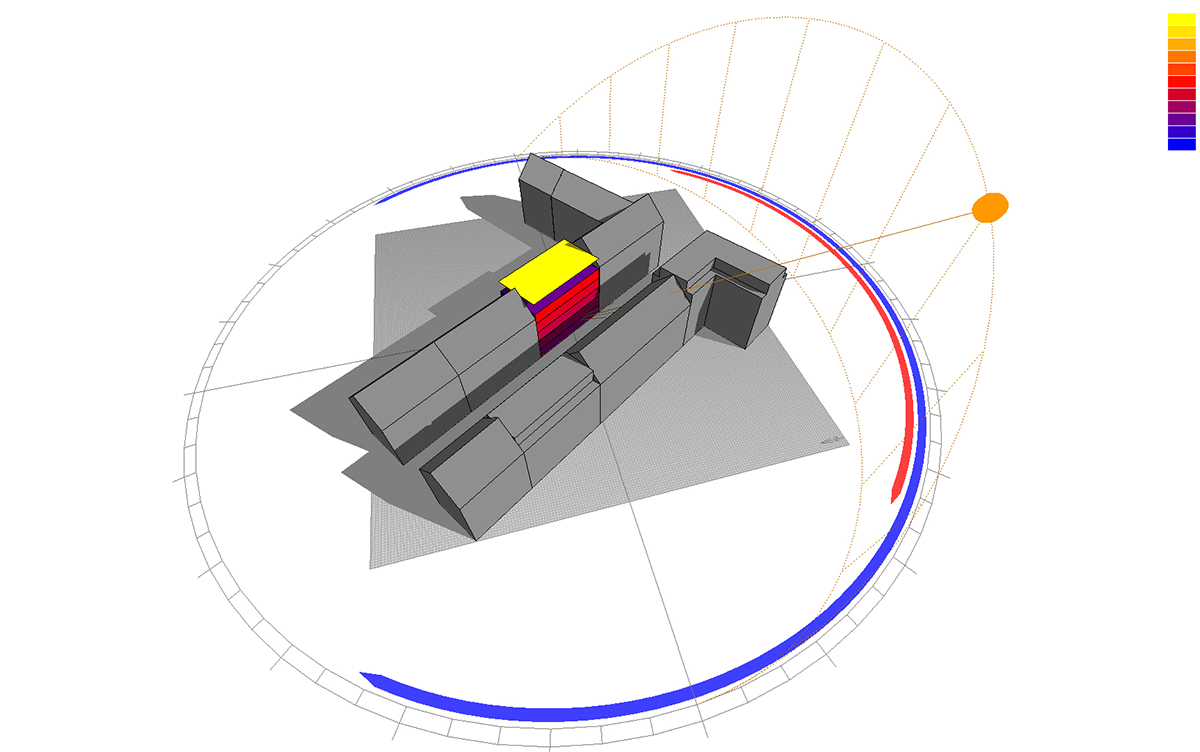
Solar Simulation on Multi-Storey Dwelling in Vienna, Austria
Farzam Kharvari: We are nowadays hearing a lot about Industry 4.0 as the fourth industrial revolution. Do you think that xR-technologies are tools for the fourth industrial revolution or do you believe they are the outcome of the fourth industrial revolution?
Dr. Höhl: Yes, definitely. The industry is getting alive as well. xR-technologies enable many vital applications in so-called emerging technologies. There are two popular shortcuts for emerging technologies: BANG – Bits, Atoms, Neurons and Genes and NBIC – Nanotech, Biotech, IT and Cognitive Sciences. Highly innovative projects bring all these fields together. Among other 3D computer graphics will be one of the key technologies of the 21st century. They include and foster IT and Cognitive Sciences generically and they may find many application areas not only in Natural Sciences and Life Sciences but in our everyday lives.
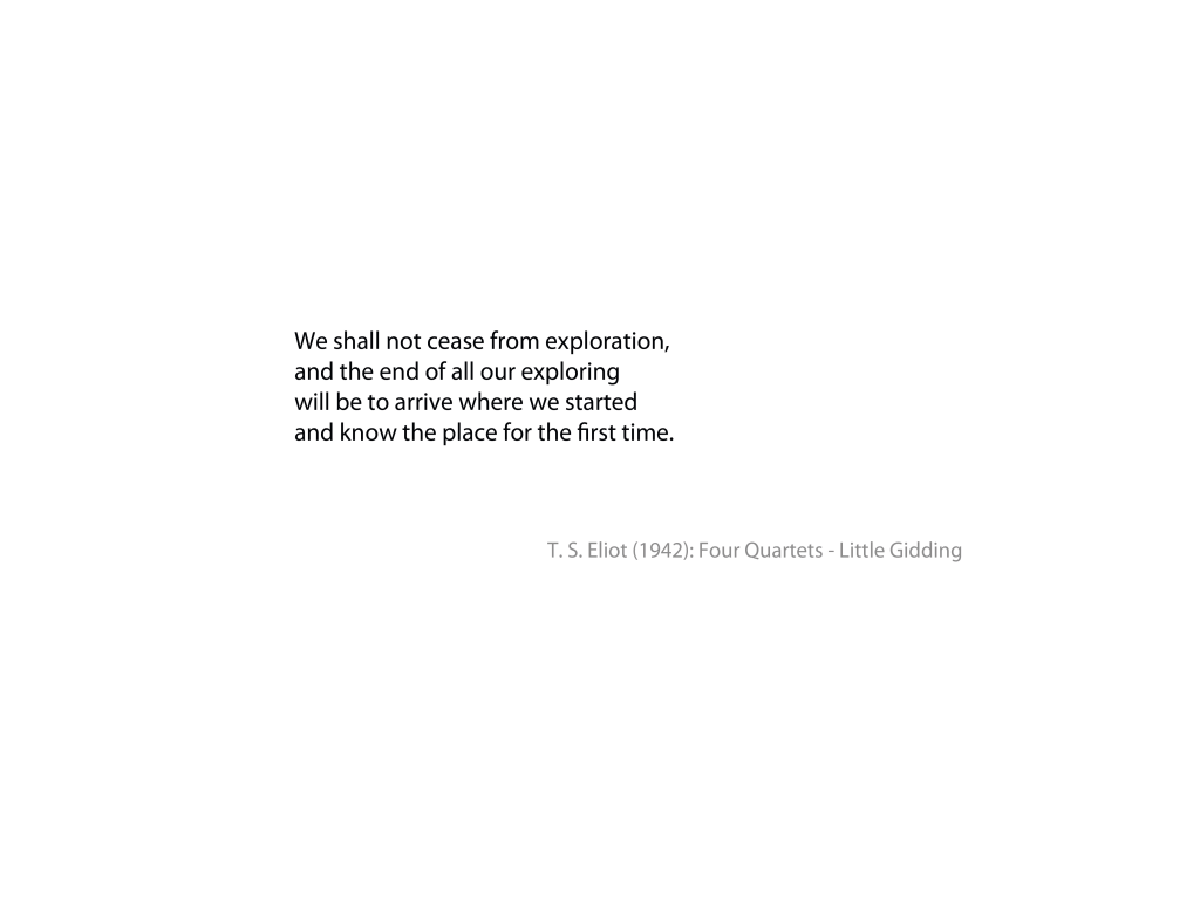
T. S. Eliot (1942): Four quartets - Little Gidding
Farzam Kharvari: Getting back to Scienceviz.com® | Research Institute, the company that you are leading in the industry, what are your horizons for the future of xR-technologies and what is the main area of focus for you?
Dr. Höhl: What concerns me most at the moment is the institutionalization of my research institute. In doing so, I am aiming for a non-profit enterprise in the future. For this purpose, I am also looking for partners and sponsors. With the Bayerische Forschungsstiftung, I already have a prominent potential partner on board. My main focus will, of course, stay on 3D computer graphics. However, the field of ethics and cognitive sciences in relation to 3D technology is expected to become much more interesting in the future. Therefore, the institute's name also carries the Digital Humanities in its sign.
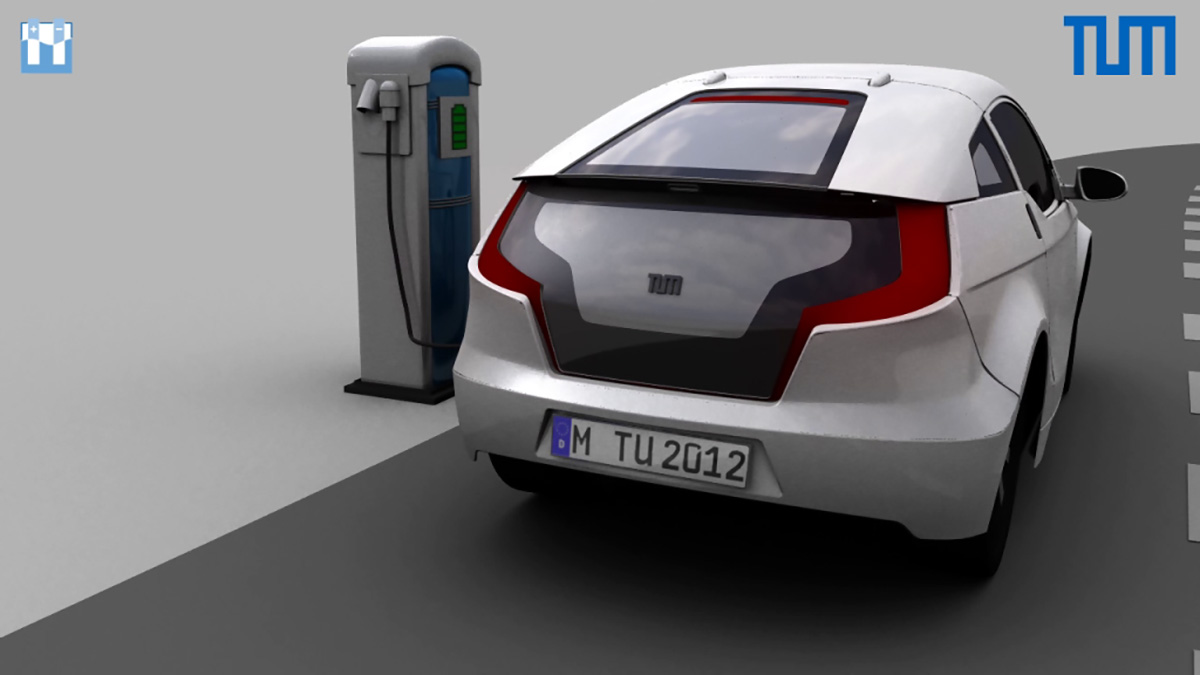
CG Animation directed by Dr.-Ing. Wolfgang Höhl (2013) produced by Ludwig-Maximilians-University in Munich (LMU) in cooperation with Munich University of Technology | Institute for Machine Tools and Industrial Management | Institute for Electrical Energy Storage Technology
Farzam Kharvari: How do you depict the future of xR-technologies in our everyday life?
Dr. Höhl: Already today end-user entertainment has discovered xR-technology. We will see how sustainable these developments are. I am convinced that xR-technologies will certainly improve our professional and worldwide collaboration. It all will depend on our capability to overcome climate change and preserve peaceful and democratic structures.
Farzam Kharvari: Are you planning any special event or campaign for introducing xR-technologies in different disciplines?
Dr. Höhl: Not at the moment. But that could be an interesting issue for a guest lecture.
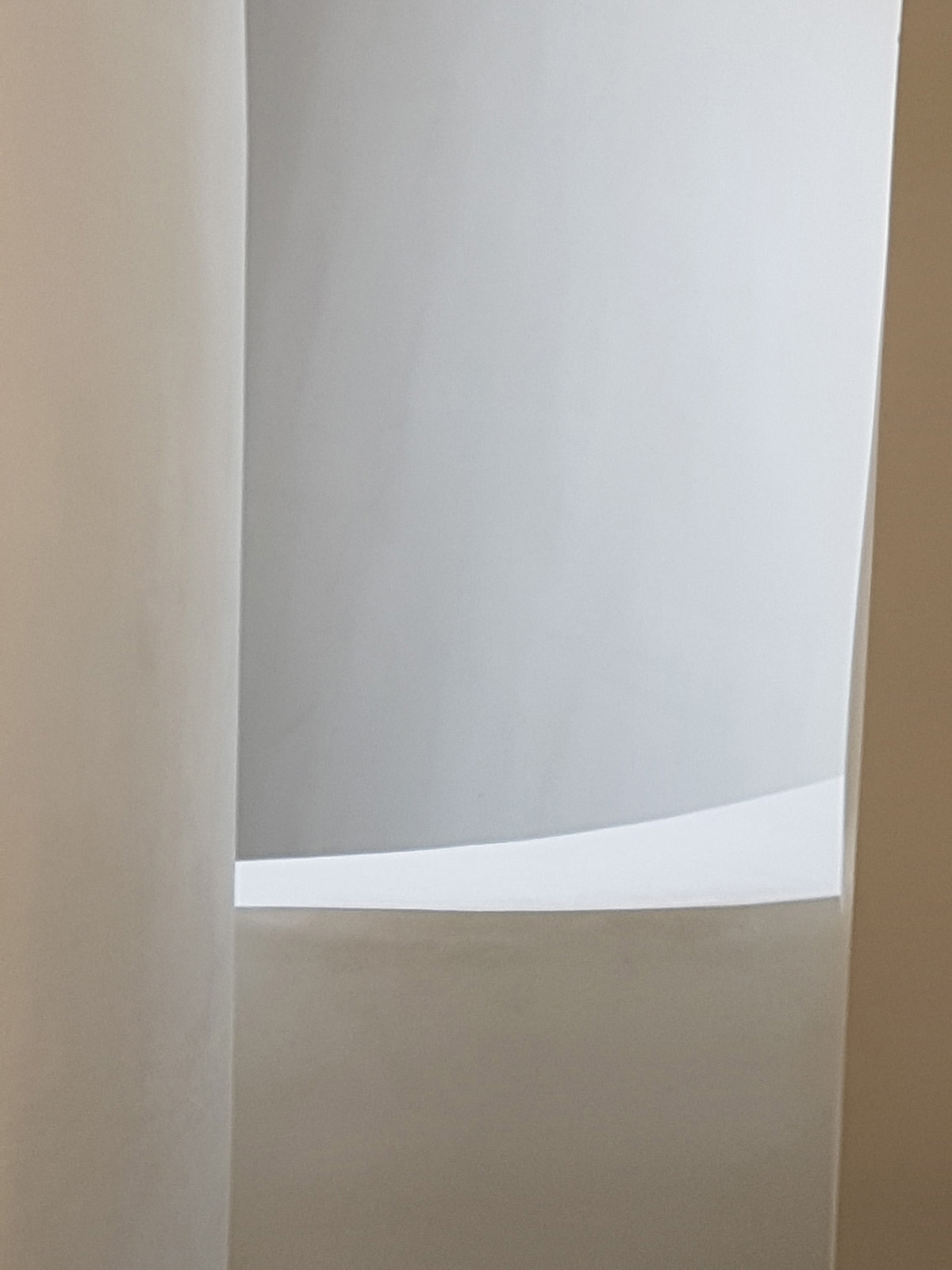
Light, Space and Moment #2 (2019) Series of Architecture Photography
Farzam Kharvari: Do you see any barriers on your way to implementing xR-technologies in different industries?
Dr. Höhl: We will have to struggle with structural change for a while until we will have found new economic ways to collaborate with each other in a more sustainable way. I am sure many things we will have to change. In the tradition of Karl Popper, I might say, that the future will be better, as we all are able to overcome our today’s problems and create a better world. The more uncertainty there is today, the more we could develop ideas and design a better future ourselves.
Farzam Kharvari: Was there anything you would like to change about xR-technologies and their application?
Dr. Höhl: Yes. Definitely. This is what I am confessed with every day. We will have to improve and adapt our technology continuously.
Farzam Kharvari: Is there anything you would like to add?
Dr. Höhl: Not at the moment. Thank you for these comprehensive questions! It was a pleasure to continue learning from your questions.
Farzam Kharvari: I really appreciate your time and I wish you all the best both in career and life.
Top image: Dr. Wolfgang Höhl at VS-Games 2019 – 11th International Conference at Natural History Museum in Vienna
All images © Wolfgang Höhl
